transylvania, romania
Pastel-coloured houses, stony lanes and a rural soul
Famed as Dracula's homeland, Transylvania inspires in the collective imagination scenes of spooky medieval castles rising from impenetrable woods. However, although truthful, this is just a facet of what Transylvania actually is. Besides its pastel-colored citadels, its castles, fortified churches and lush forests, indeed, Transylvania's richness sits in its rural soul. And when you’ll spot horse-drawn carts, see women making felt shoes and hats, and hear the local blacksmith working, then you'll know it too.
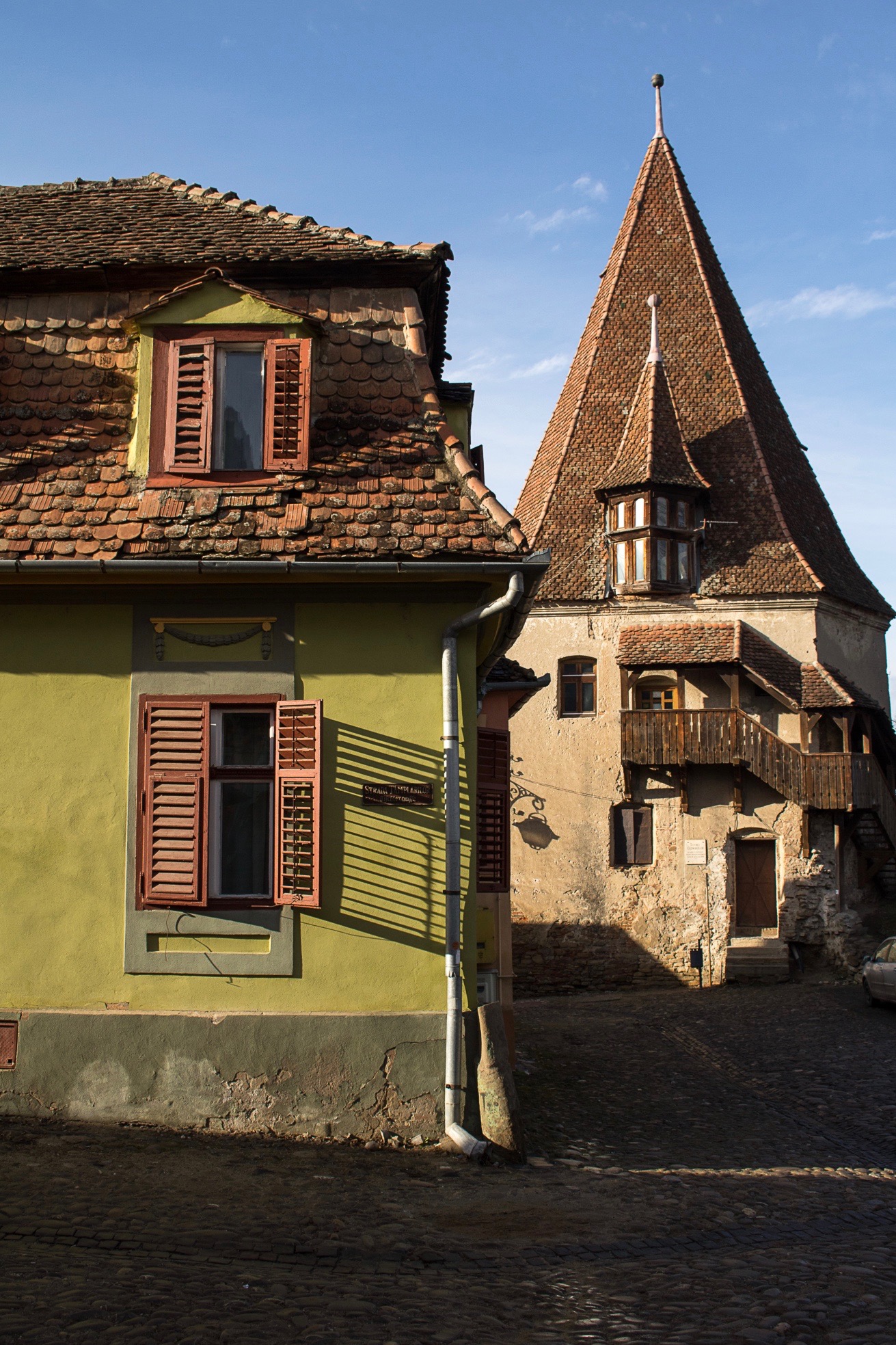
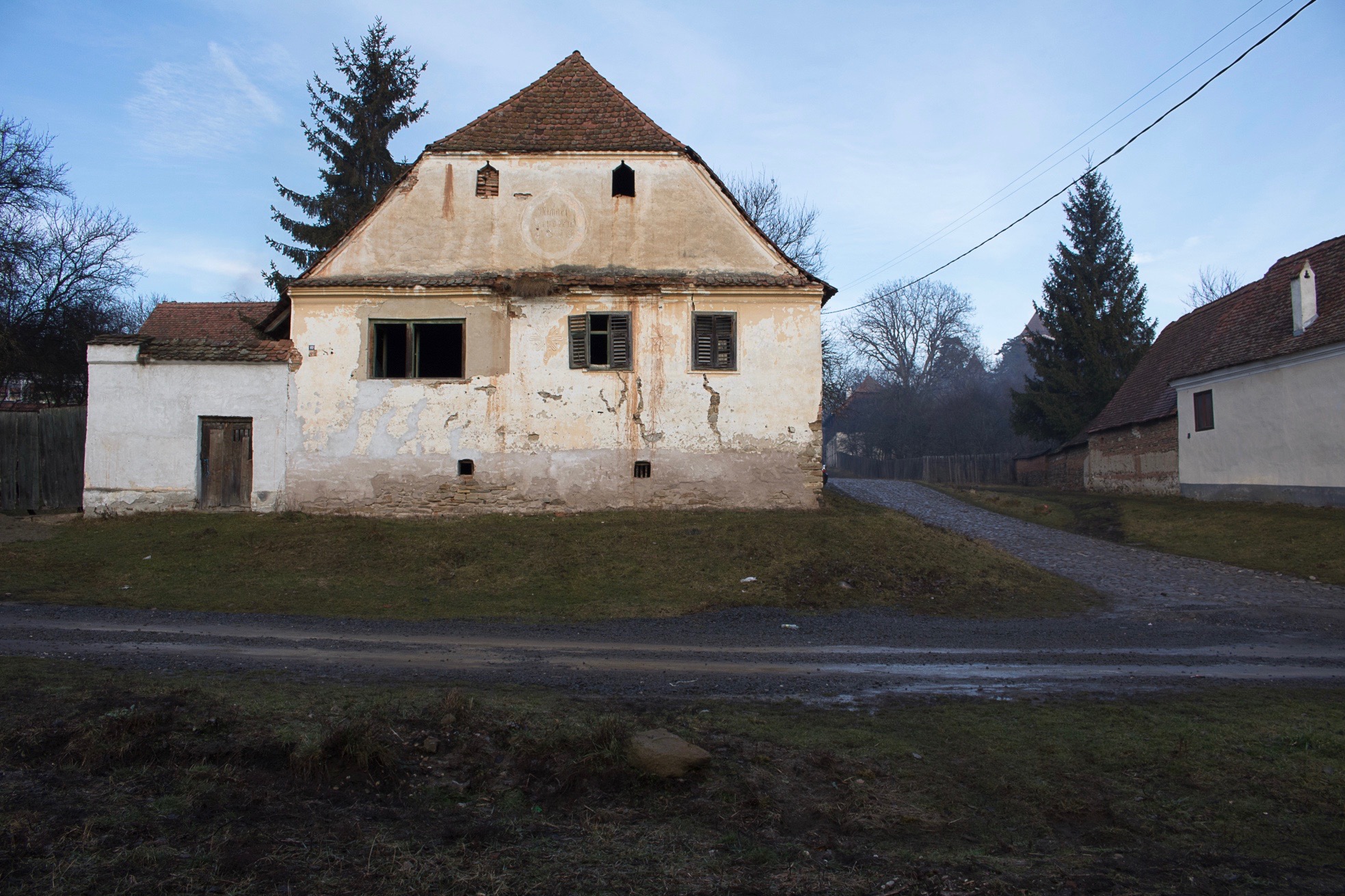
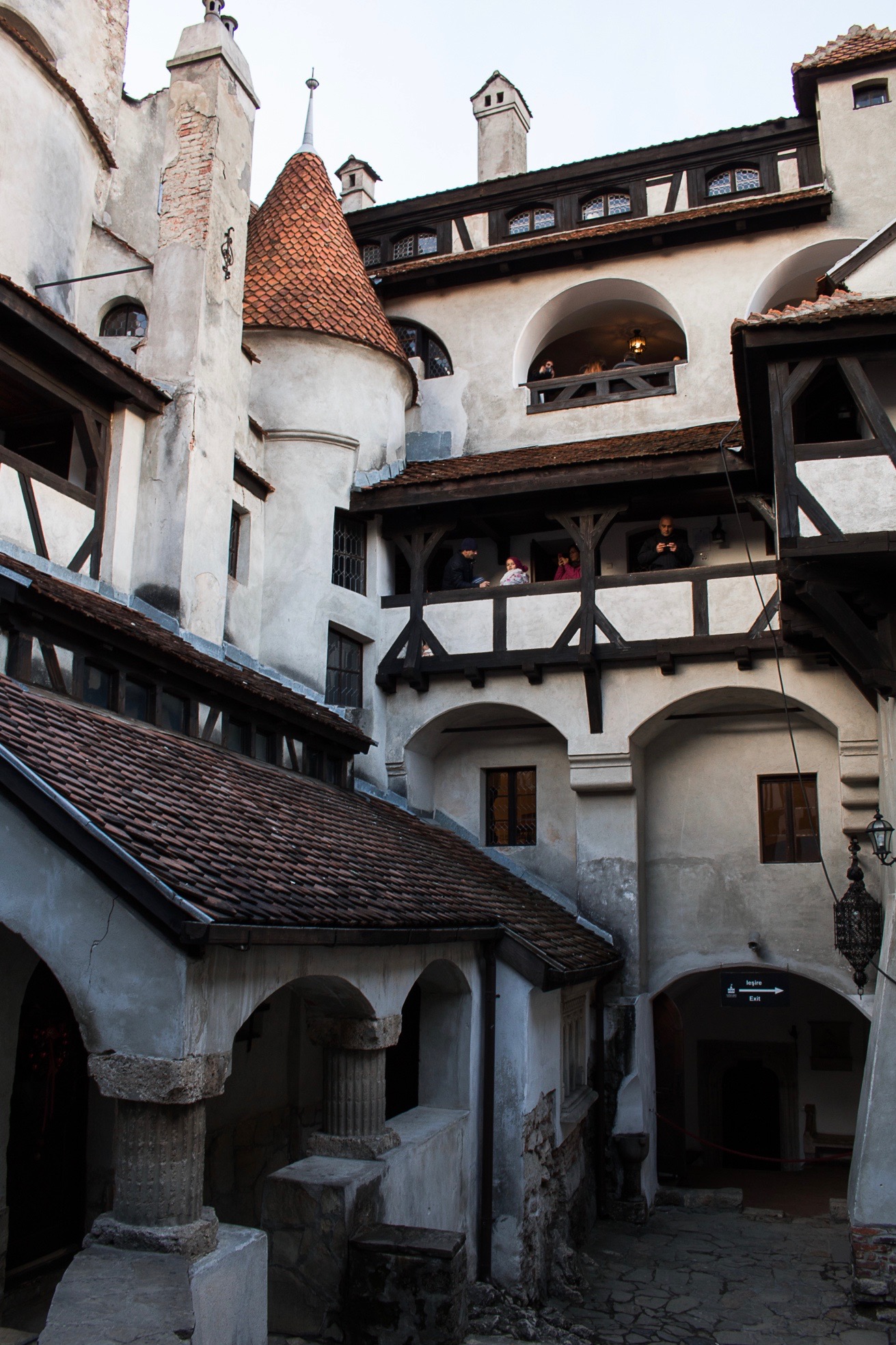
where to eat
Romanian cuisine is a blend of the Turkish, Hungarian, Germanic and Slavic influences with the agrarian roots of the country, whose results are often organic hearty dishes with a homemade feeling. The meal usually starts with a soup, called ciorbă, perfect to warm up in the harsh winter days, and continues with a great variety of meaty mains. To try Romanian cuisine at its best, head to Bistro de l'Arte in Braşov and to Viscri 125 in Viscri. You won't be disappointed.
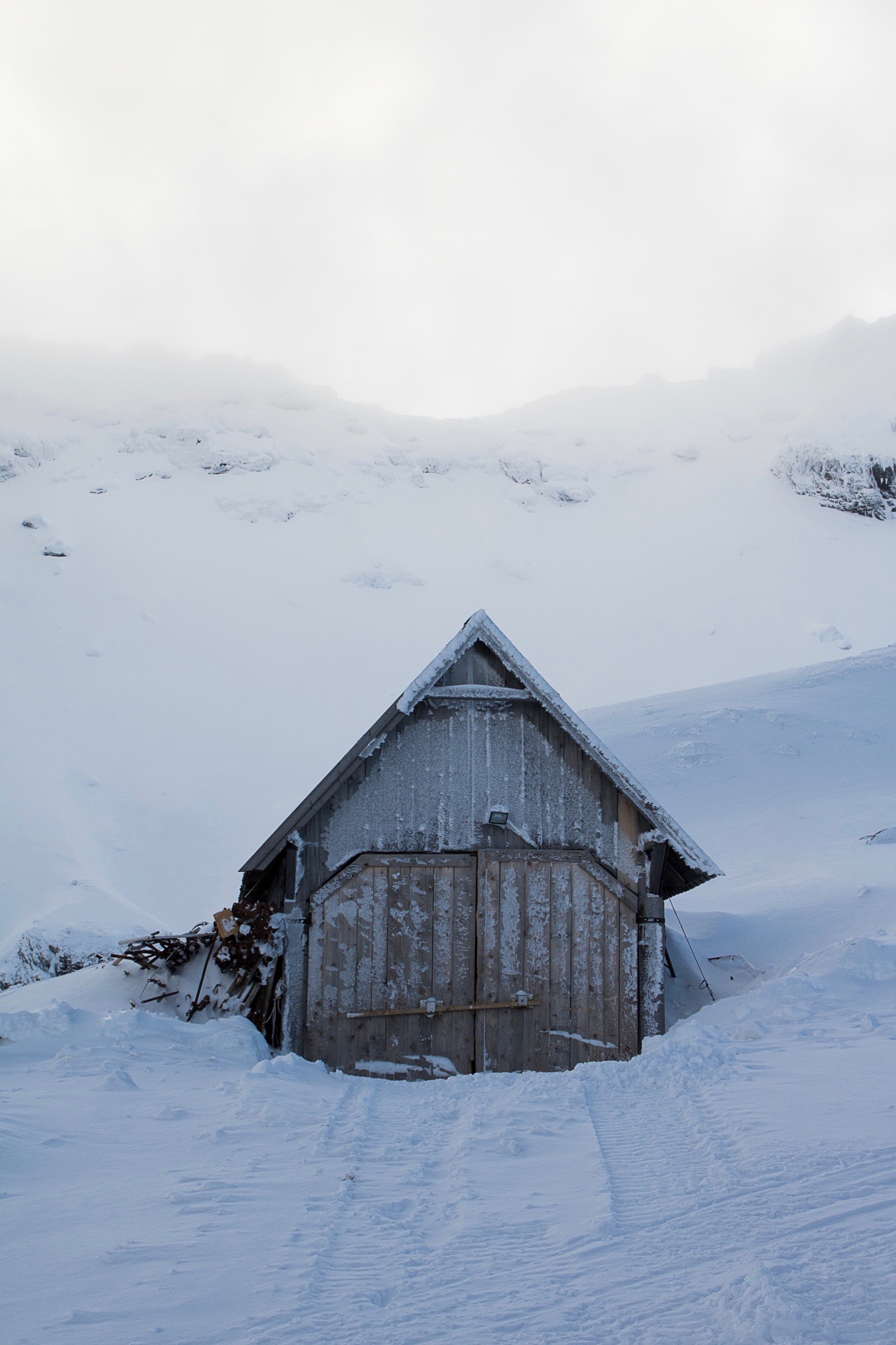
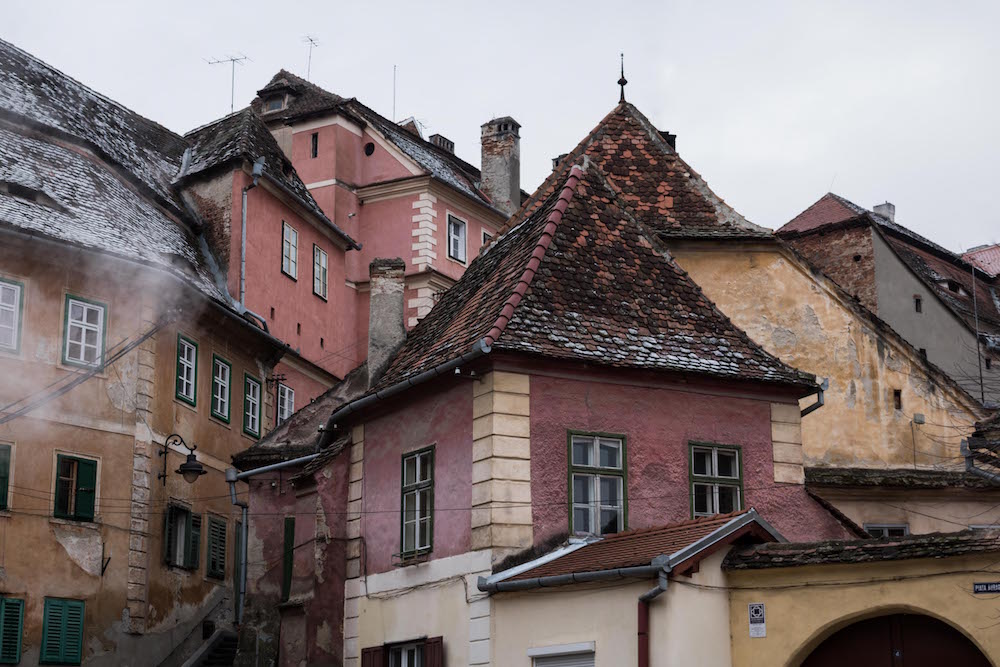
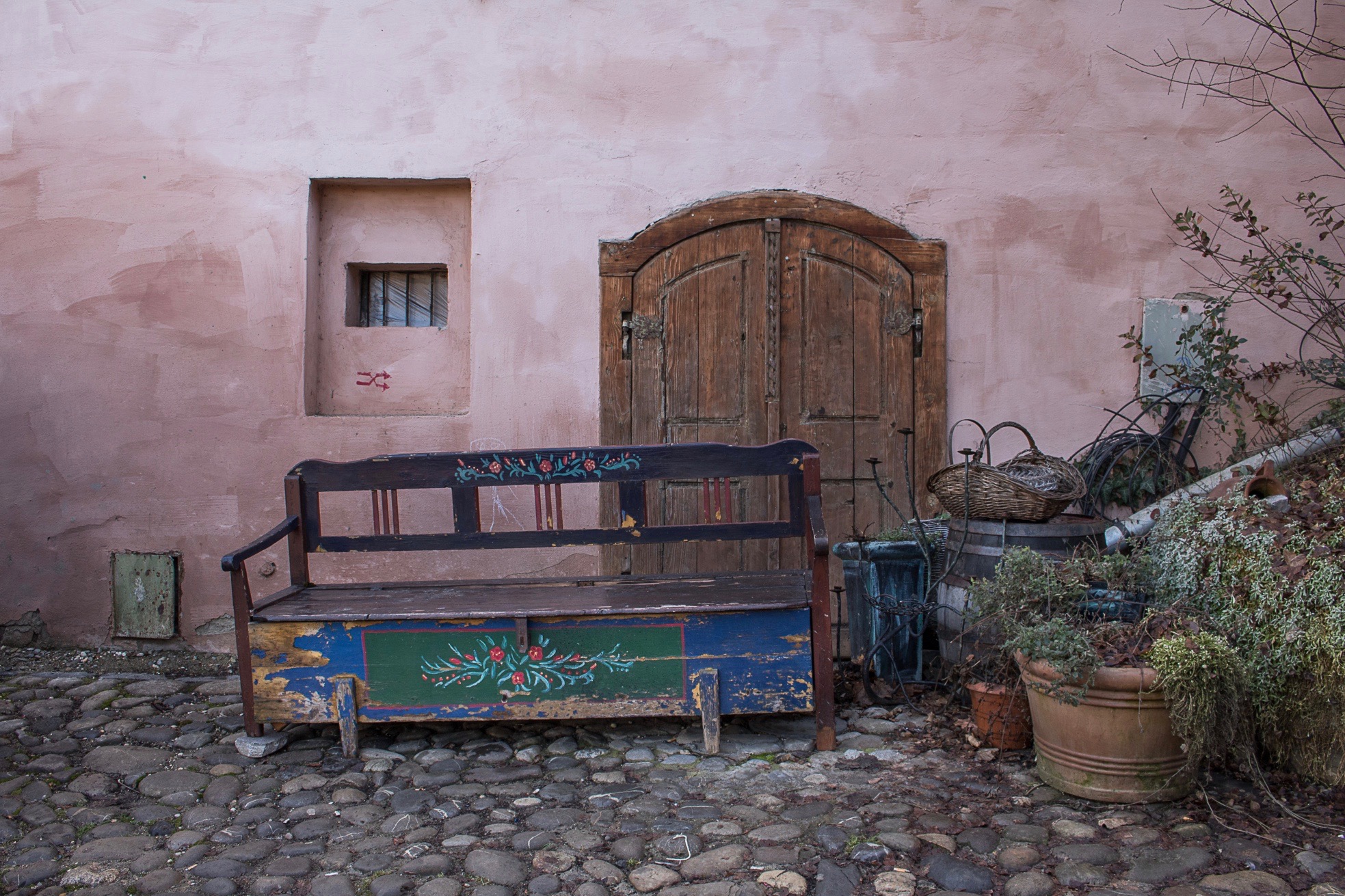
what to do
Constituting a third of the whole Romanian territory, Transylvania is a wide region that requires time to be fully explored, especially if the aim of the journey is to take in the authentic feeling of it. Of course, its castles and citadels shouldn't be overlooked, but some time should definitely be spent experiencing the village life and the rural traditions that make Transylvania so special. Taken this into account, here's what to do: fill your eyes with the pastel-coloured buildings, stony lanes and medieval towers of Braşov, Sibiu and Sighișoara; visit the castles of Peleş, Bran and Corvin, obviously quite touristy but well worth it; drive along the legendary Transfăgărășan mountain road to reach Bâlea Lake and enjoy the majestic view; visit some of the 150 well-preserved fortified churches, particularly Viscri, Biertan, Saschiz and Valea Viilor; and above all slow down to discover Transylvania's unspoiled countryside and the rural life of its people.
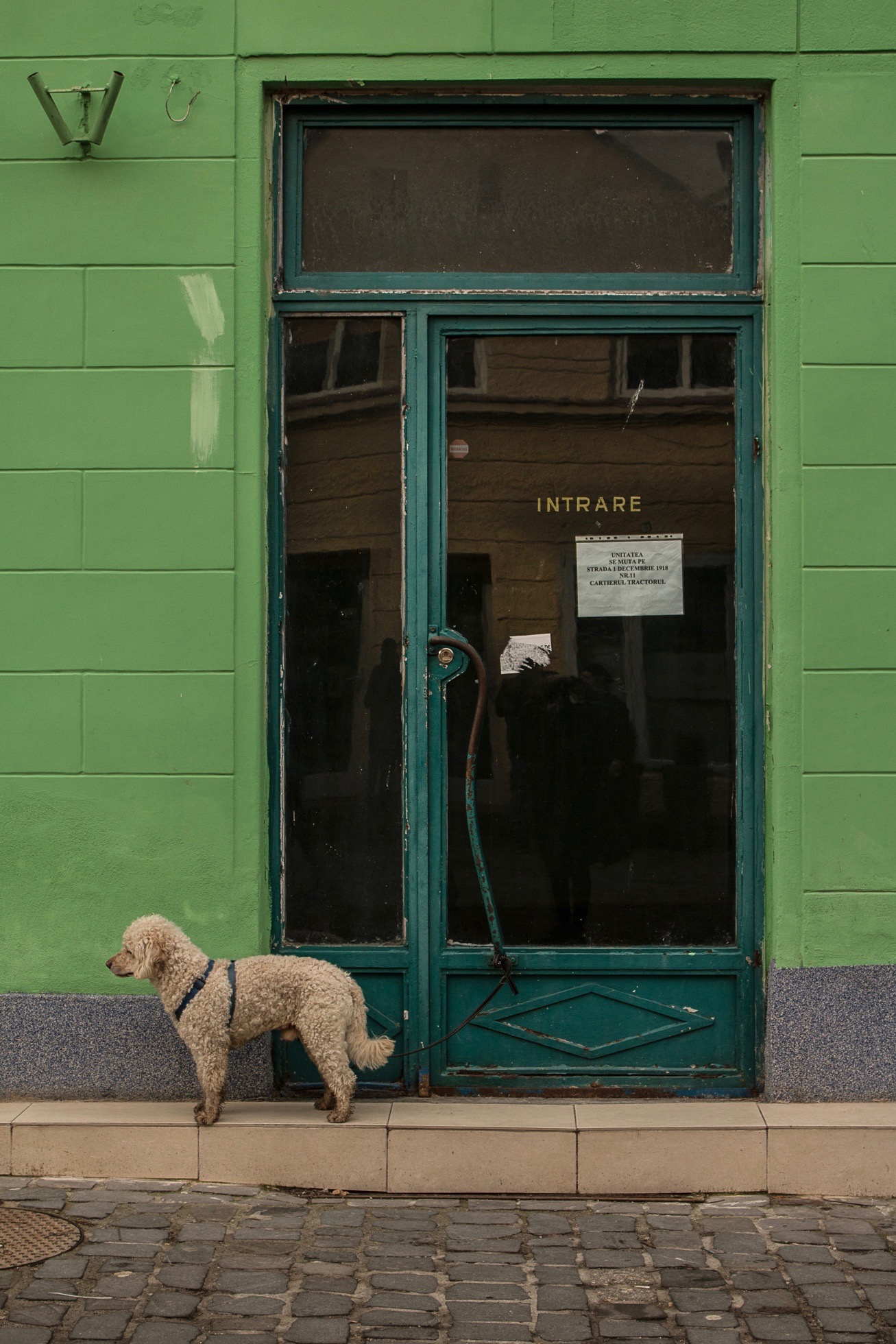
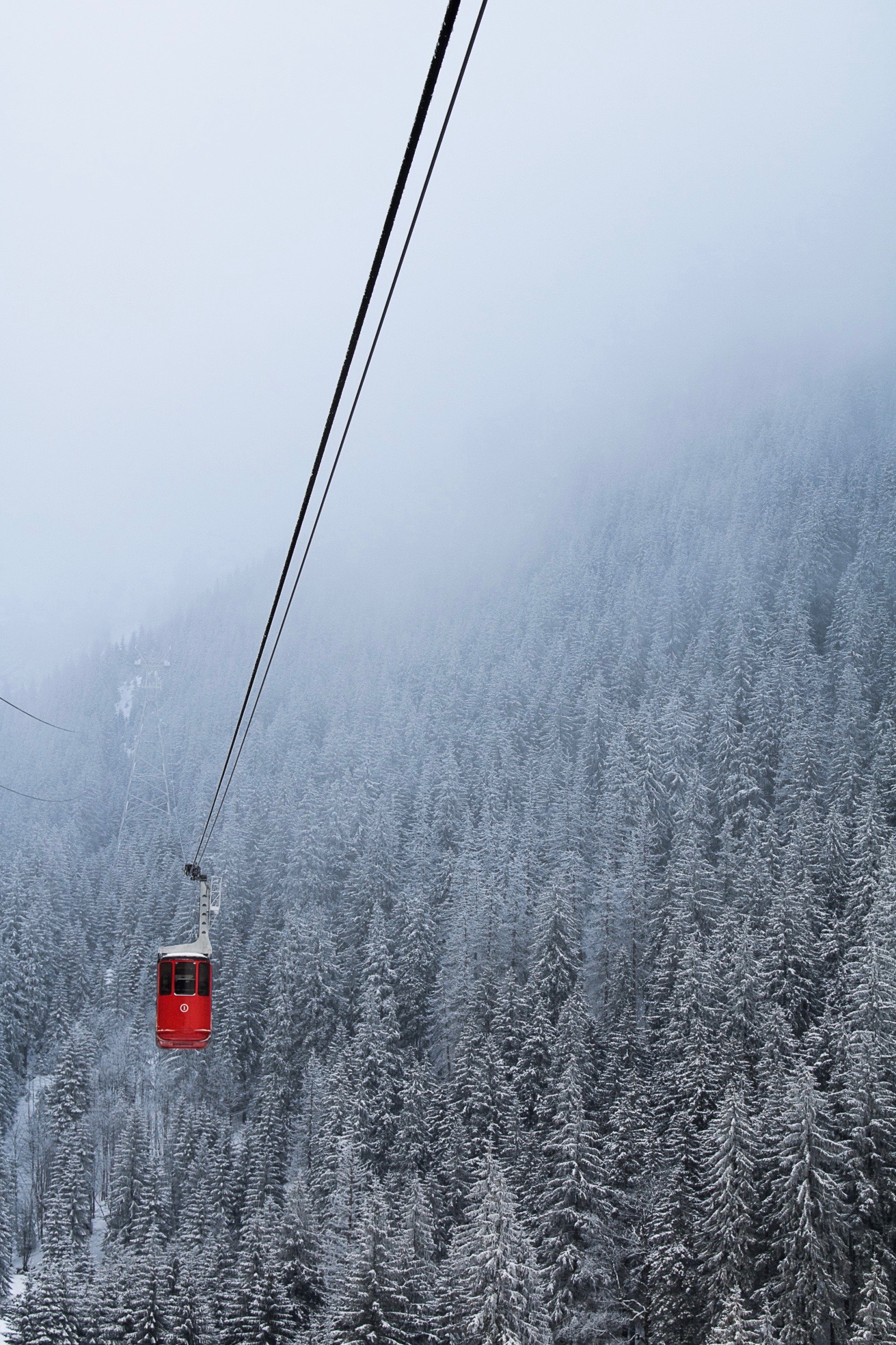
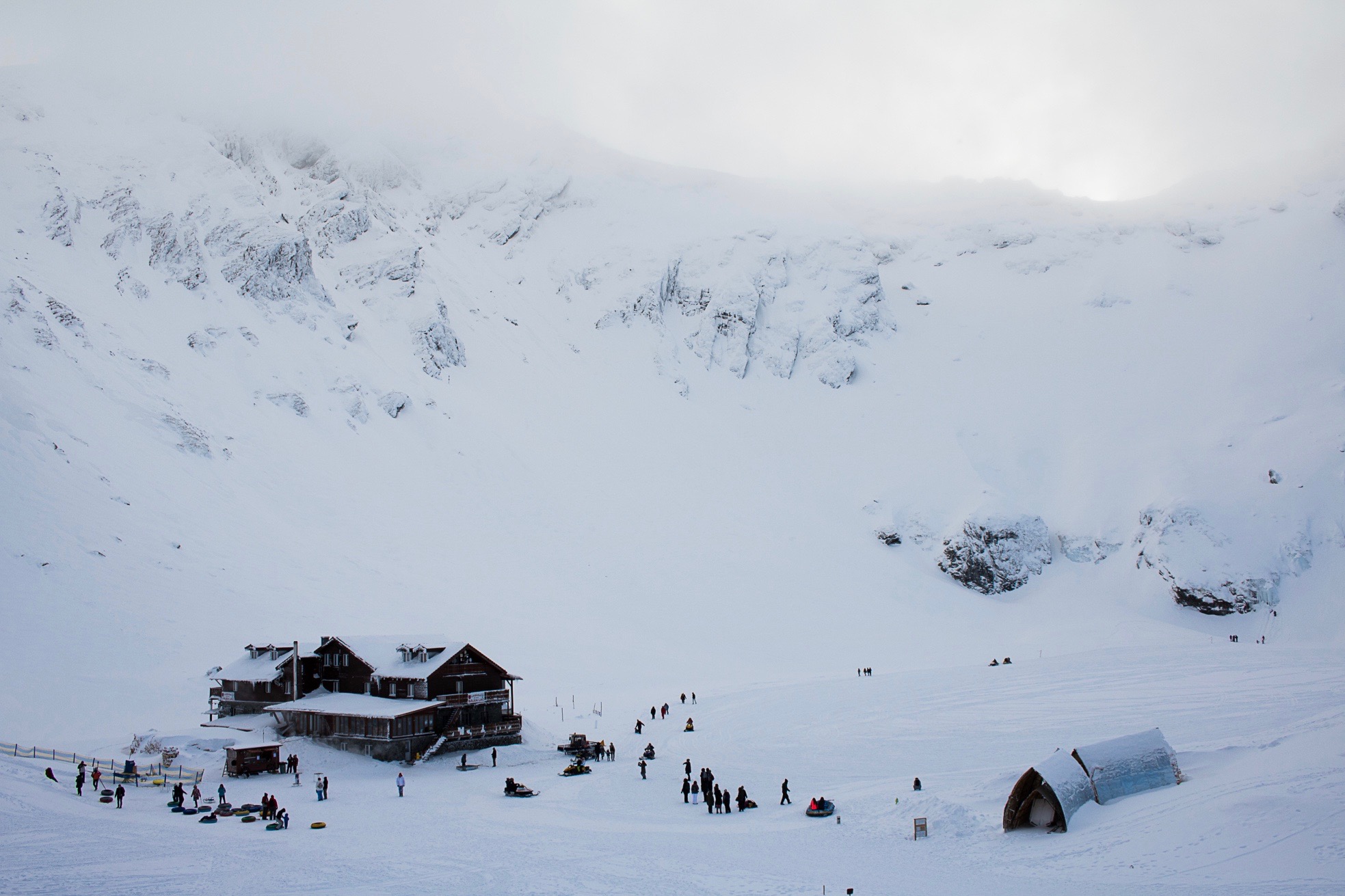
If you'd like to learn more about Transylvania, check also the Travel Journal.

Famed as Dracula's homeland, Transylvania inspires in the collective imagination scenes of spooky medieval castles rising from impenetrable woods. However, although truthful, this is just a facet of what Transylvania actually is. Besides its pastel-colored citadels, its castles, fortified churches and lush forests, indeed, Transylvania's richness sits in its rural soul. And when you’ll spot horse-drawn carts, see women making felt shoes and hats, and hear the local blacksmith working, then you'll know it too.


what to do
Constituting a third of the whole Romanian territory, Transylvania is a wide region that requires time to be fully explored, especially if the aim of the journey is to take in the authentic feeling of it. Of course, its castles and citadels shouldn't be overlooked, but some time should definitely be spent experiencing the village life and the rural traditions that make Transylvania so special. Taken this into account, here's what to do: fill your eyes with the pastel-coloured buildings, stony lanes and medieval towers of Braşov, Sibiu and Sighișoara; visit the castles of Peleş, Bran and Corvin, obviously quite touristy but well worth it; drive along the legendary Transfăgărășan mountain road to reach Bâlea Lake and enjoy the majestic view; visit some of the 150 well-preserved fortified churches, particularly Viscri, Biertan, Saschiz and Valea Viilor; and above all slow down to discover Transylvania's unspoiled countryside and the rural life of its people.



where to eat
Romanian cuisine is a blend of Turkish, Hungarian, Germanic and Slavic influences with the agrarian roots of the country, whose results are often organic hearty dishes with a homemade feeling. The meal usually starts with a soup, called ciorbă, perfect to warm up in the harsh winter days, and continues with a great variety of meaty mains. To try Romanian cuisine at its best, head to Bistro de l'Arte in Braşov and to Viscri 125 in Viscri. You won't be disappointed.



If you'd like to learn more about Transylvania, check also the Travel Journal.
